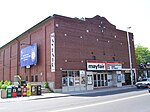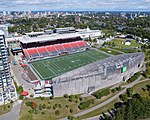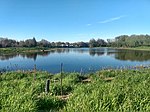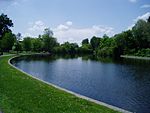Old Ottawa South
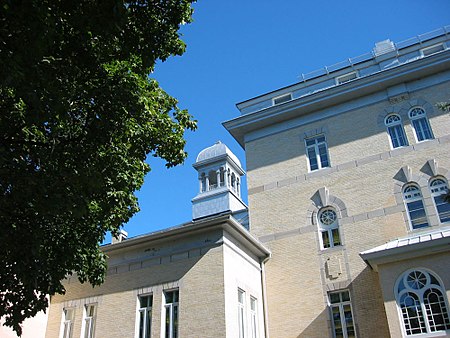
Old Ottawa South is an older urban neighbourhood in Capital Ward in Ottawa, Ontario, Canada. Old Ottawa South is a relatively small and compact neighbourhood, located between the Rideau Canal (to the north) and the Rideau River (to the south). The eastern boundary is Avenue Road. Bronson Avenue forms the western border of the residential neighbourhood. Carleton University is on the other (western) side of Bronson but the campus can be considered to be geographically within Old Ottawa South as the campus is also nestled between the river and the canal.According to the Canada 2016 Census, the population of the neighbourhood was 6,348 Today, Old Ottawa South is an upper middle class area. Proximity to the university has meant that the neighbourhood has been a haven for professors and students, although rising housing prices are driving out the latter. It is also one of Ottawa's more politically progressive neighbourhoods and has been a stronghold for the New Democratic Party. Many neighbourhood businesses line Bank Street, including several pubs, the Mayfair Theatre, and some Lebanese stores towards the Southern end. This section of Bank Street is also well known for its antique stores. As part of a 2004 Bank Street redesign, inlaid metal maple leaves were added to the sidewalks inscribed with the names of Canadian folk musicians. Other new features included the removal of over-head powerlines, "traffic calming" measures, and the addition of more brick to the sidewalks.
Excerpt from the Wikipedia article Old Ottawa South (License: CC BY-SA 3.0, Authors, Images).Old Ottawa South
Grove Avenue, (Old) Ottawa Capital
Geographical coordinates (GPS) Address Nearby Places Show on map
Geographical coordinates (GPS)
| Latitude | Longitude |
|---|---|
| N 45.391666666667 ° | E -75.683333333333 ° |
Address
Grove Avenue 28
K1S 3X7 (Old) Ottawa, Capital
Ontario, Canada
Open on Google Maps

